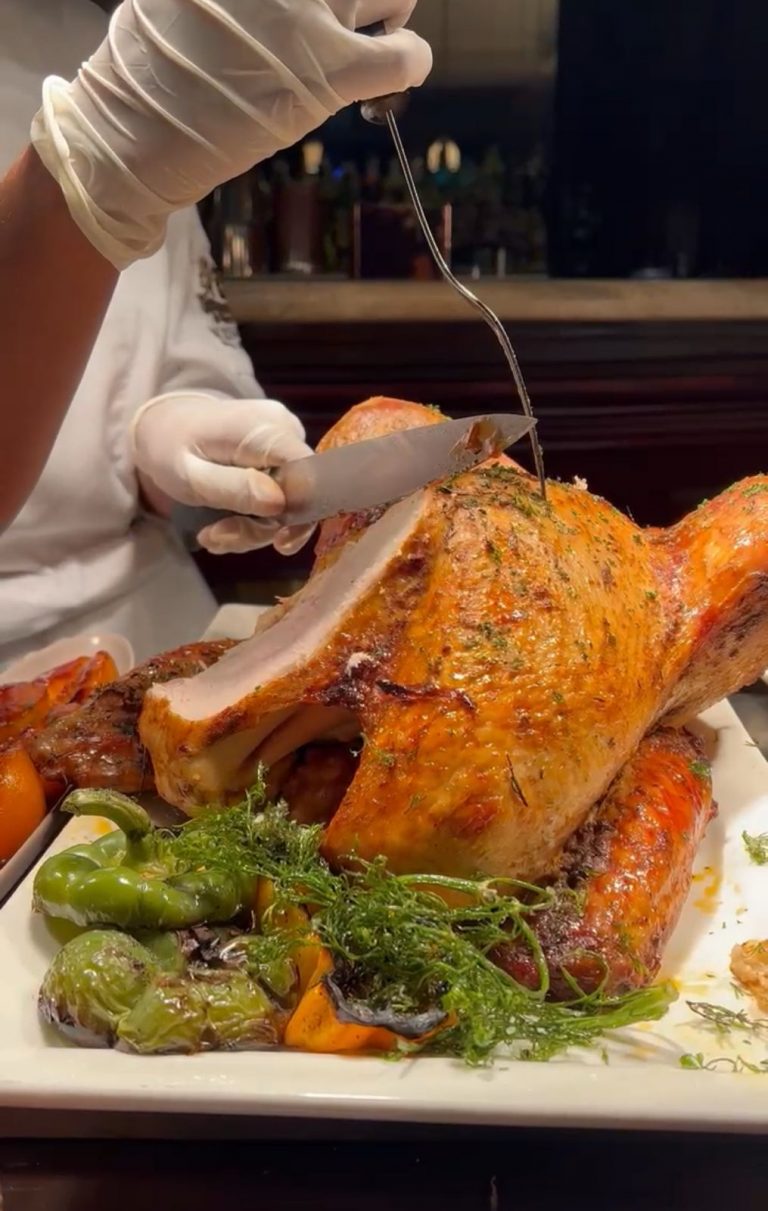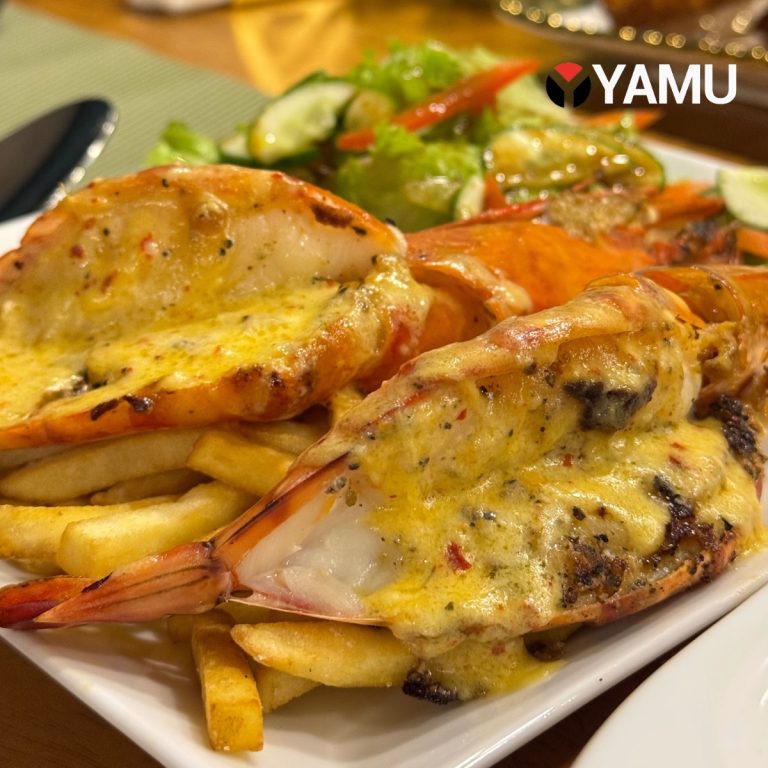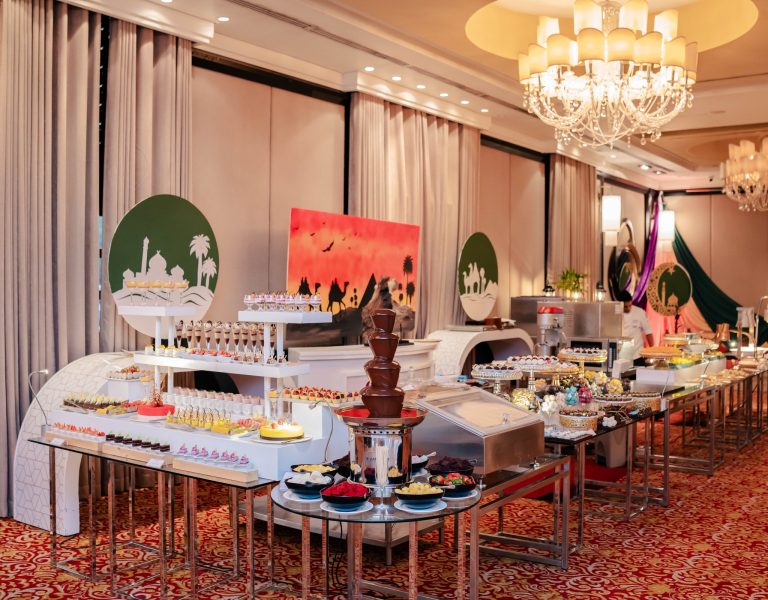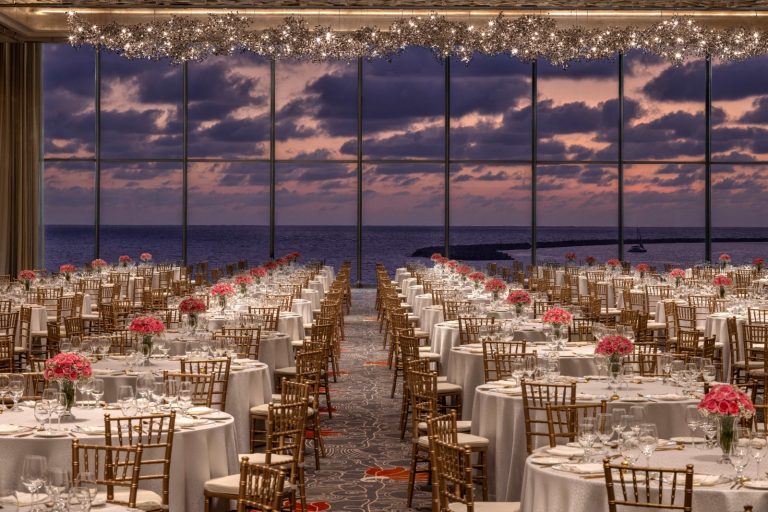Photo by Revan Weerasinghe
If you're into the ridiculous rush of watching a sleepy leopard stare you down while it licks its paw, or soaking in pristine rivers weaving through jungles, or gorgeous fiery sunsets, your visit (or residence) in Sri Lanka is incomplete without a park visit. You've got plenty of choice too – Sri Lanka has 26 protected National Parks, which is amazing for such a tiny island, and makes it one of the world's top 5 most biodiverse countries.
While there are loads of other gorgeous parks, from the quirky Delft Island in the North to the eerie Ussangoda in the South, we've focused on parks that we've visited and loved : our don't-miss list.
Yala
Best Time to Visit : June to September
Go For : A massive variety of wildlife, birdlife, and a fairly high chance of getting a sighting
Easily the most popular and frequently visited park on the island, Yala covers an impressive 979 square kilometers. It goes all the way back to 1938 as one of the country's very first national parks, and isn't just about the majestic panthera pardus kotiya (leopard, obviously men) that generally steals the show, Yala's also got some 215 bird species, 7 of which are endemic to Sri Lanka.
Photo by Revan Weerasinghe
I personally don't love Yala as much as other quieter parks, because it has a reputation for overcrowding, and I've encountered loud jeeps, and irresponsible tourists. Hopefully it's getting better with a bit of official pressure, because a Yala wildlife experience is breathtaking. Check out this comprehensive website for more.
Wilpattu
Photo by Shiyamal Jayathilake
Best Time to Visit : February to October
Go For : The gorgeous willu scenery, driving through water, leopards, and the elusive sloth bear
Wilpattu simply means "land of lakes". Despite being in Sri Lanka's dry zone, it's usually pretty lush, and fairly easy to access via Puttalam or Anuradhapura.
Photo by Tharindu Jayawardena
Possibly my favourite park on the island, Wilpattu sprawls and meanders, with plenty of little ponds, jungle, and the delightful suspense of having to earn your wildlife sightings via patience and skill.
Udawalawe
Photo by Revan Weerasinghe
Best Time to Visit : May to September
Go For : Elephants
The Udawalawe Walawe Reservoir is massive, and is a huge draw for the region's elephants during Sri Lanka's dry season. They're ambling around, and generally easy to encounter (and easy to spot – they're not exactly compact).
Bundala
Photo by tropicalceylon.com
Best Time to Visit : December to March, but it's open all year. Between October to January, marine turtles lay their eggs along the coast
Go For : The stunning birdlife, mugger crocodiles, turtles
Bundala is Yala's less glam neighbour. A lot smaller, and a lot more subtle with the wildlife on display, Bundala is blissfully open all year, and an absolute haven for birdwatchers. The sheer number and variety of bird species (some 200) both endemic and migratory, is staggering. Birdwatching requires a lot more patience than the braggado of swaggering around in a jeep and gaping at leopards, so this isn't for everyone.
Gal Oya
Photo by Gal Oya Lodge
Best Time to Visit : June to November for elephants, January to March for birds
Go For : The unique elephant watching boat safari
Gal Oya is far. But it's worth the trip, possibly just for the boat safaris via which you can watch elephants wade, forage, and hang out. Float along the Sri Lanka's largest inland body of water, the ancient Senanayake Samudraya tank, experiencing the birdlife and the pachyderms.
Minneriya
Best Time to Visit : June to October
Go For : The world's biggest elephant party!
About 90 square kilometers in size, the Minneriya National Park is home to one of the world's greatest wildlife sights – the Elephant Gathering. The Park features King Mahasen's Minneriya Reservoir, built about 1,700 years ago to provide for the area during the dry season. It still carries out this function, which has led to the elephants of the region migrating to Minneriya from neighbouring parks such as Wasgamuwa via the elephant corridor (the area, not the hotel). The park is also home to other species like wild buffalo, deer, the purple faced leaf monkey and lovely endemic birdlife. However, the pachyderm parade always steals the spotlight.
Horton Plains
Best Time to Visit : November to March
Go For : Amazing views
Probably one of the most famous locations on the island, Horton Plains is famous with local and foreign tourists alike, mostly for its gorgeous natural landscapes. World's End and Bakers Falls are both within the park, as are a bunch of stunning waterfalls.
You'll also come across heaps of sassy Sambar deer, and if you're lucky the slender loris!
Pigeon Island
Best Time to Visit : May to September
Go For : The diving
Pigeon Island is a stunning little patch of land a kilometre or so off the Nilaveli coast. It's beautiful, and the snorkeling is almost as rewarding as the diving, but it tends to get quite crowded and touristy during holidays. Your best bet is to visit early morning, and preferably on non-full moon poya days (because the water is choppy, and the place will be overrun with daytripping holidayers). You'll get to see plenty of marine life, coral reefs, and more.
General Advice
- All National Parks have restricted access, so you may have to pay an entrance fee (that differs depending on your nationality, your vehicle, your purpose of visit). Foreigners have a different fee from locals.
- In most "safari" parks, you will have to have a fully-functioning jeep or 4 wheel drive all-terrain vehicle, or else rent one there. You may also have to take in a tracker or guide with you.
- As a general rule, dawn is the best time for birdwatching and animal tracking. Dusk can also be fine, but the middle of the afternoon is generally way too hot for animals and humans alike to be meandering about.
- This may seem obvious, but there's no refreshment inside the park, so take plenty of water with you
- Never, ever feed or try and pet the animals. These are all wild creatures and it will end in disaster
- You can stay inside a national park under a few conditions – either with a camping licence or by going to the Department of Wildlife Conservation on the first Monday of the month and signing up for a bungalow. If you're lazy/not Sri Lankan, there are loads of gorgeous bungalows and luxury hotels in the wild just bordering parks.




















